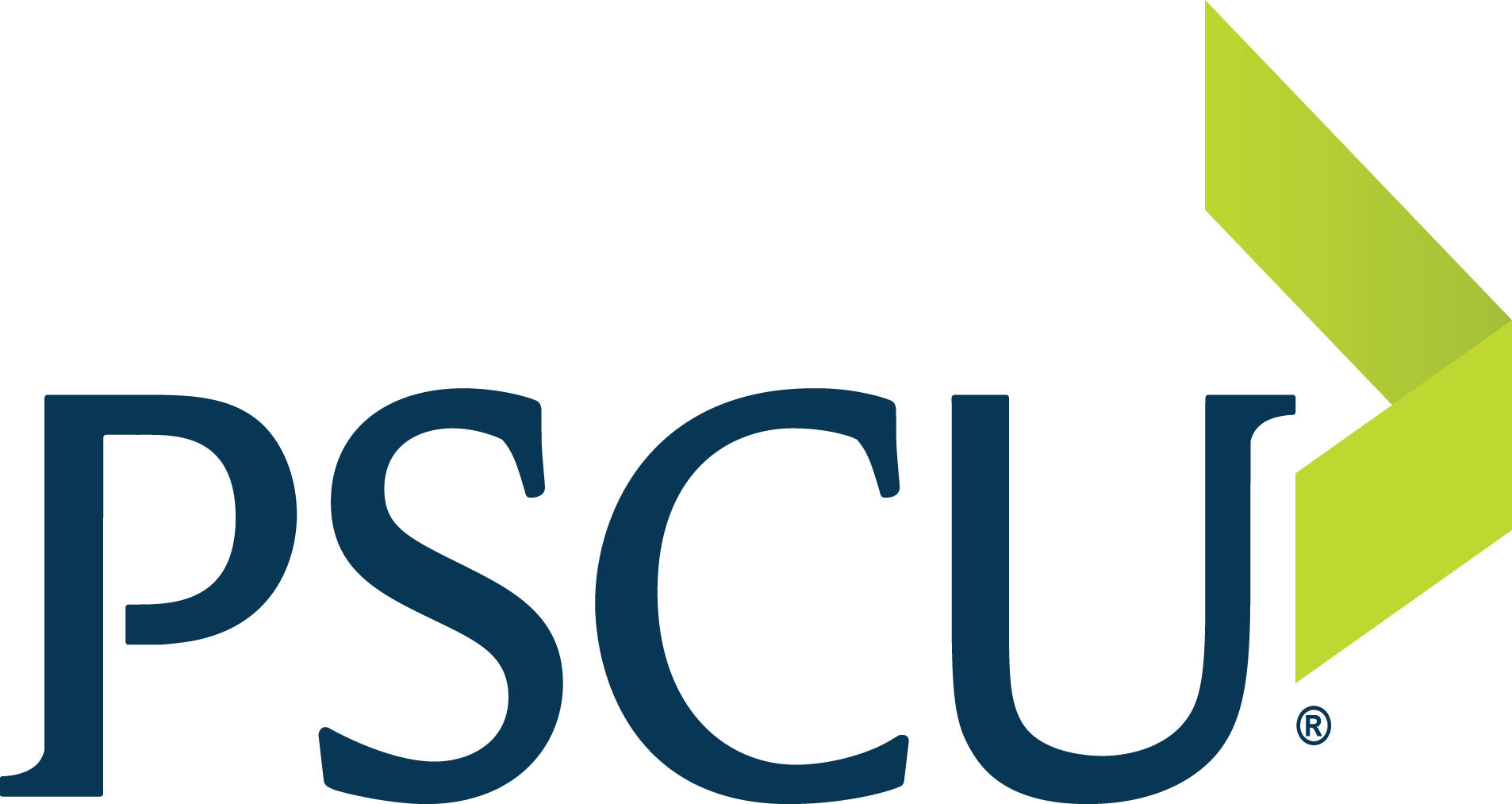Using Splunk, we now have a greater view of our ecosystem to help ensure that each transaction that goes through Fannie Mae can be traced and monitored from start to finish.
Fannie Mae’s complex hybrid architecture meant the company had to use separate platforms to monitor and secure its digital systems, so teams spent a lot of time analyzing and sharing data across functions.
With a single platform to monitor and analyze data across its ecosystem, Fannie Mae teams are more efficient as they help keep the company — and the housing finance system — secure and resilient.
Fannie Mae helped approximately 2.6 million households buy, refinance, or rent a home in 2022 alone.
That’s a lot of game nights, prom photos and lazy afternoons on the porch. For nearly a century, Fannie Mae has provided a reliable source of affordable mortgage financing across the country. And with a mission to facilitate equitable and sustainable access to homeownership and quality, affordable rental housing across America, Fannie Mae continues to innovate and help build a stronger and more efficient housing financing system.
This mission requires resilient digital systems that can protect customers’ data, stay compliant with regulatory mandates and support innovative products that continuously improve customer experience. Splunk helps Fannie Mae keep its complex hybrid environment secure and reliable as it continues on its journey to build a cloud-first enterprise. “It was the early support for multicloud platforms and integrations with third-party applications that drove our decision to work with Splunk,” says Stephen K. Brannon, senior director of information security engineering and operations for Fannie Mae. “The ecosystem that Splunk already had and has continued to build has been a differentiator for us.”
With Splunk helping secure and monitor its environment, Fannie Mae has increased efficiencies across teams, helping the company expedite time to develop new features that help ensure continued data security and support compliance with regulatory or government mandates.
Outcomes
- More efficiencies due to unified monitoring capabilities
- Faster MTTR thanks to real-time insights
- Increased ability to comply with regulatory mandates
Homing in on new efficiencies with Splunk observability
“Before Splunk,” says Brannon, “we used to do security logging and compliance logging separately. When we started using Splunk as our logging and monitoring platform, we were able to combine those and gain efficiencies.” This has helped unlock savings from floor to ceiling across the enterprise.
The time saved by managing data on one platform rather than in different environments also fosters information sharing and collaboration across teams. By bringing teams together around shared data, context and workflows, Fannie Mae has expedited time to market for new features, benefiting internal stakeholders and customers alike.
As the company continues its work to be cloud-first, Splunk supports the increasingly complex nature of Fannie Mae’s environment. “As we transition to the use of micro systems, this creates more complexity,” says Nimesh Bernard, senior director of enterprise observability applications. With Splunk, Fannie Mae now has end-to-end visibility across stacks, helping keep its environment reliable and secure.
Resilient systems to safeguard households — and the entire housing market
Across the financial sector, new and ever-evolving regulatory mandates have kept cybersecurity on the front burner for every organization. “We have increasing mandates to do more for security,” says Brannon. “We need to protect more assets in more ways and drive our risk down even further because we are so committed to helping safeguard confidential information and contributing to the safety and soundness of the housing market.”
For Fannie Mae, resilience isn’t an option — it’s quite literally required. “We have a mandate to be resilient,” says Bernard. Teams work directly with the Splunk architecture and IT teams to help satisfy security and resiliency mandates. By helping Fannie Mae move into new use cases and onboard additional integrations and features, Splunk supports that resilience, helping the company keep the housing market safe and sound.
“We have a greater view of our ecosystem to help ensure that each transaction that goes through Fannie Mae can be traced and monitored from start to finish,” says Bernard.
Homeward bound: Measuring success in new sets of keys
For Fannie Mae, issues and threats are inevitable — just as they are for every organization, across every industry. And for the financial services company, the stakes are high. Disruptions in Fannie Mae’s digital systems mean more than compliance and uptime stats.
“We strive to have healthy and secure systems and processes, which lead to measurable stability in our business,” says Brannon. “This helps support increased stability in the housing market.” With Splunk, Fannie Mae now has the keys to build a foundation of resilience, helping the company continue to deliver on its mission and keep the housing market safe.






